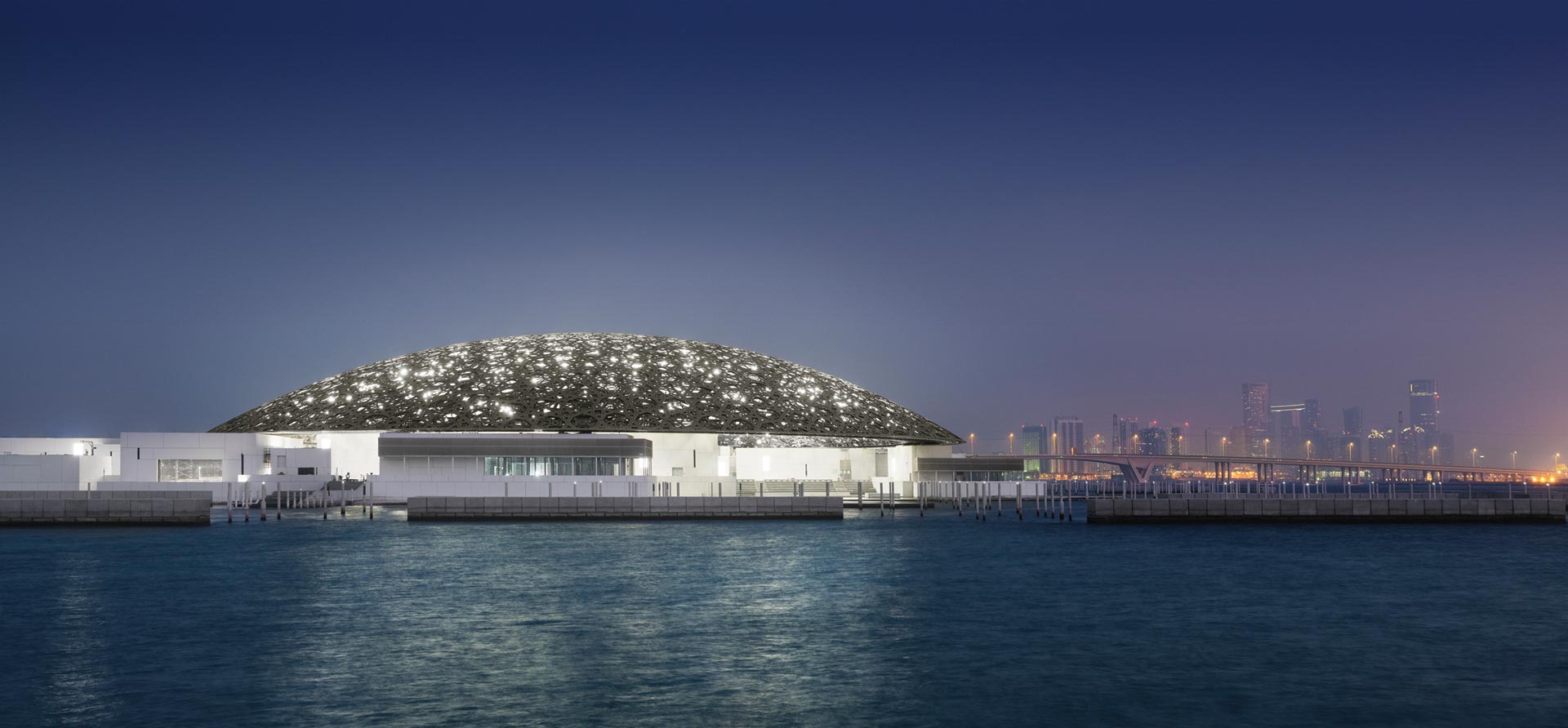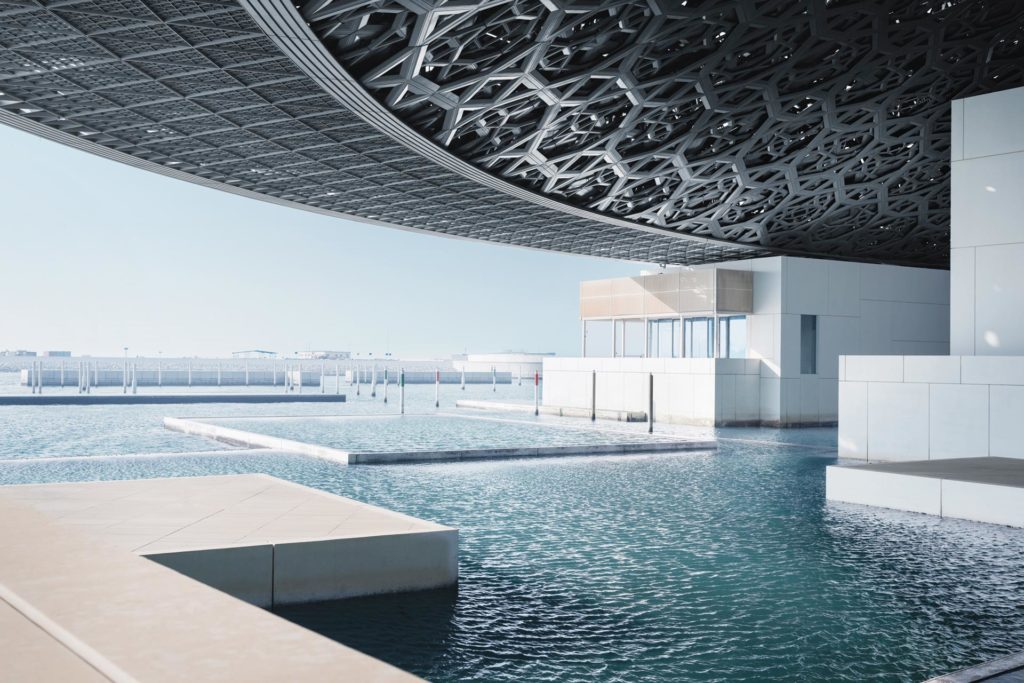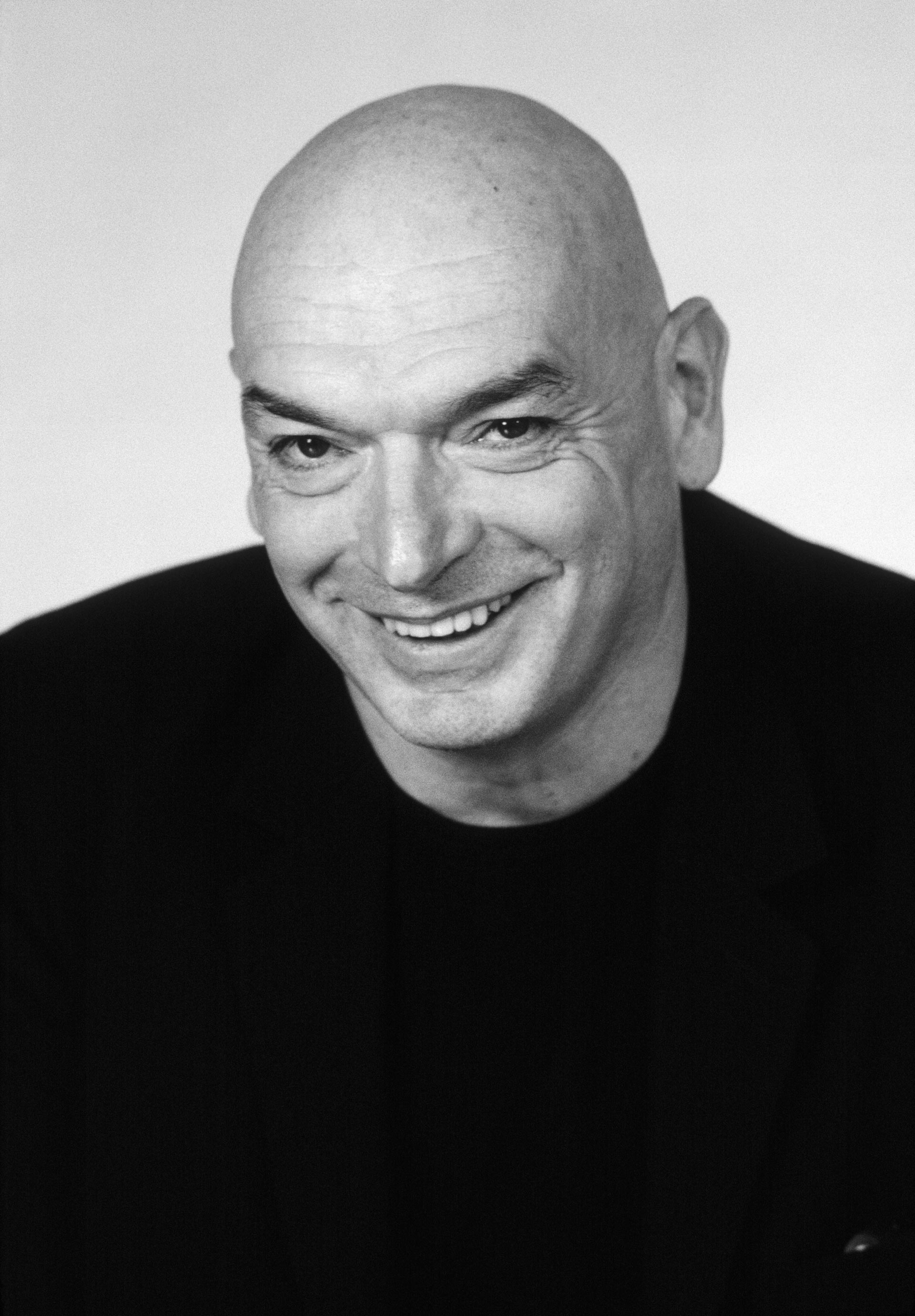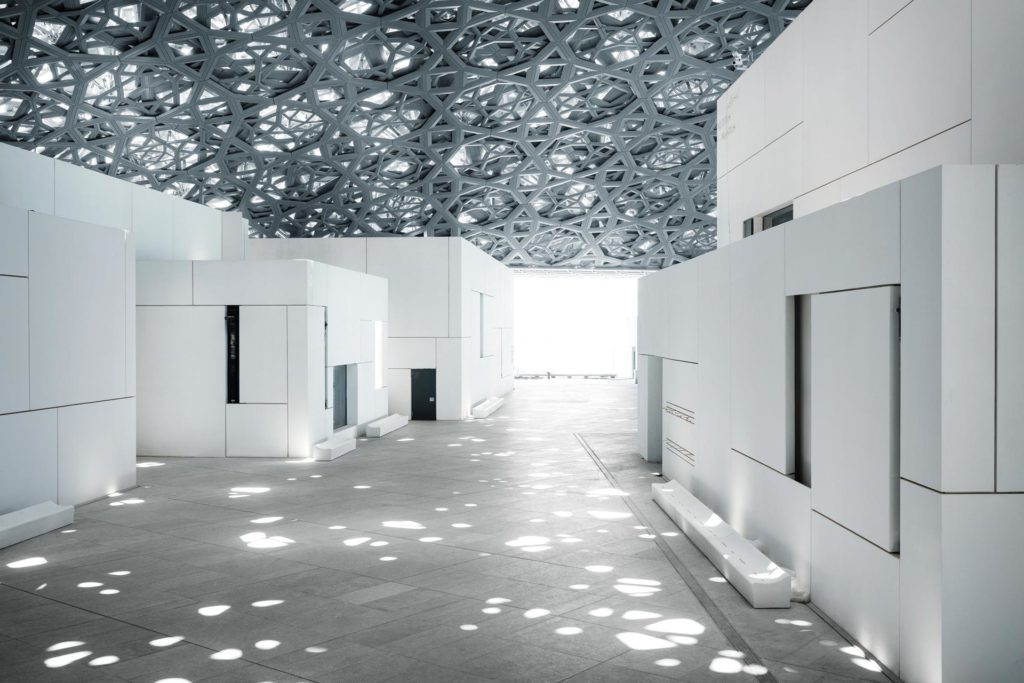Copyright © 2025 Motivate Media Group. All rights reserved.
The Louvre Abu Dhabi is welcoming visitors
Designed by Jean Nouvel, Louvre is transforming the region with its landmark status.

Situated on Saadiyat Island, the museum showcases artwork from around the world, with particular focus placed upon building cultural understanding.

Louvre Abu Dhabi is linked to the famous Louvre in Paris by a 30-year branding and training agreement that was signed in 2007. According to the Tourism Development & Investment Company (TDIC), master developer of the museum and Saadiyat Island, “Louvre Abu Dhabi represents the dynamic nature of the contemporary Arab world, while celebrating the region’s vibrant multicultural heritage.”
It boasts a gross floor area of 97,000 m², with permanent exhibition galleries occupying 6000 m² and temporary exhibition galleries covering another 2000 m². Described by TDIC as a ‘museum-city’, the complex comprises 55 detached buildings, 23 of which are devoted to galleries.
The form of the buildings is said to be inspired by the low-lying homes of the region, with the museum itself designed as a “seemingly floating dome structure”; its web-patterned dome allows the sun to filter through, as it would through date palm fronds in an oasis.

Photo: Gaston-Bergeret
The Louvre Abu Dhabi becomes the end of an urban promenade, a garden on the coast, a cool haven, shelter from the light of day and evening, its aesthetic consistent with its role as a sanctuary for the most precious works of art. – Jean Nouvel
Construction work at Louvre Abu Dhabi officially started in late May 2009, and in September 2014 the final, very large section of the dome was fitted in place – a significant milestone in the construction phase.
The enormous dome, which appears to float above the museum, weighs 7500 tonnes and is 36 metres above ground level. As well making a huge contribution to the museum’s unique form, it acts as a shading canopy, reducing the energy consumption of the building.
It’s just one of a host of measures being taken to help Louvre Abu Dhabi meet its target of achieving LEED Silver status; others include the self-shading of buildings, optimised roof perforations to allow daylight without excess solar gain or wind flow, and exposed thermal masses such as stone flooring and cladding that can benefit from night-time cooling.
The museum has already achieved a 3 Pearl Estidama Design Rating, and will create its own microclimate through culturally inspired passive-design techniques.
The architect responsible for Louvre Abu Dhabi’s unmistakable form is Jean Nouvel, one of the most celebrated and influential architects of the last 50 years.
Of his latest creation he says, “Discovering an archipelago constructed on the sea is unusual. As is the fact that it is protected by a parasol creating a shower of lights. The possibility of going ashore or of finding a pontoon to access the shore on foot is equally extraordinary, as is being welcomed there as a visitor wanting to browse unique collections, linger in tempting bookstores, or taste local teas, coffees, and delicacies.
“It is a calm and complex place. A contrast of a series of museums cultivating their differences and their authenticities. It is a project founded on a major symbol of Arab architecture: the dome. But here, with its evident shift from tradition, the dome is a modern proposal.
“A double dome 180 metres in diameter, flat, perfect radiating geometry, randomly perforated woven material, creating a shadow punctuated by bursts of sun. The dome gleams in the Abu Dhabi sunshine. At night, this protected landscape is an oasis of light under a starry dome.
The Louvre Abu Dhabi thus becomes the end of an urban promenade, a garden on the coast, a cool haven, shelter from the light of day and evening, its aesthetic consistent with its role as a sanctuary for the most precious works of art.”

In addition to the Louvre Abu Dhabi, Nouvel’s notable works include: the Arab World Institute, Paris (1987); the Palais de Justice, Nantes, France (2000); the Guthrie Theater, Minneapolis, USA (2006); and Copenhagen Concert Hall (2009).
He has been recognised with many awards during his career, including the Aga Khan Award for Architecture in 1989 (for the Institut du Monde Arabe), the Wolf Prize in Arts in 2005 and the Pritzker Prize in 2008.
And in 2015, the identity Design Awards recognised Louvre Abu Dhabi with what we are sure will be only one of many accolades: Project of the Future. That future is now upon us.
louvreabudhabi.ae
Photographer: Mohamed Somji
The Latest
Design Take: Inside the Royal Suite at Jumeirah Al Naseem
With sweeping views of the ocean and Burj Al Arab, this two bedroom royal suite offers a lush stay.
Elevated Living
Designed by La Bottega Interiors, this penthouse at the Delano Dubai echoes soft minimalism
Quiet Luxury
Studio SuCo transforms a villa in Dubailand into a refined home
Contrasting Textures
Located in Al Barari and designed by BONE Studio, this home provides both openness and intimacy through the unique use of materials
Stillness, Form and Function
Yasmin Farahmandy of Y Design Interior has designed a home for a creative from the film industry
From Private to Public
How ELE Interior is reshaping hospitality and commercial spaces around the world – while staying unmistakably itself
A collaborative design journey
A Life By Design (ALBD) Group and Condor Developers have collaborated on some standout spaces in Dubai
New Episode: In Design With: Ahmed Bukhash
Watch the latest episode on In Design With.
Highlights of the Biennale Architettura 2025
We shine a light on the pavilions from the Arab world at the Venice Architecture Biennale, on display until Sunday 23 November 2025
Read ‘Bold Design’ – Note from the editor – July/August 2025
Read identity magazine's July/August 2025 edition on ISSUU or grab your copy at the newsstands.
Things to Covet
Elevate your spaces with a pop of colour through these unique pieces
Designing Spaces with Purpose and Passion
We interview Andrea Savage from A Life By Design – Living & Branding on creating aesthetically beautiful and deeply functional spaces
















